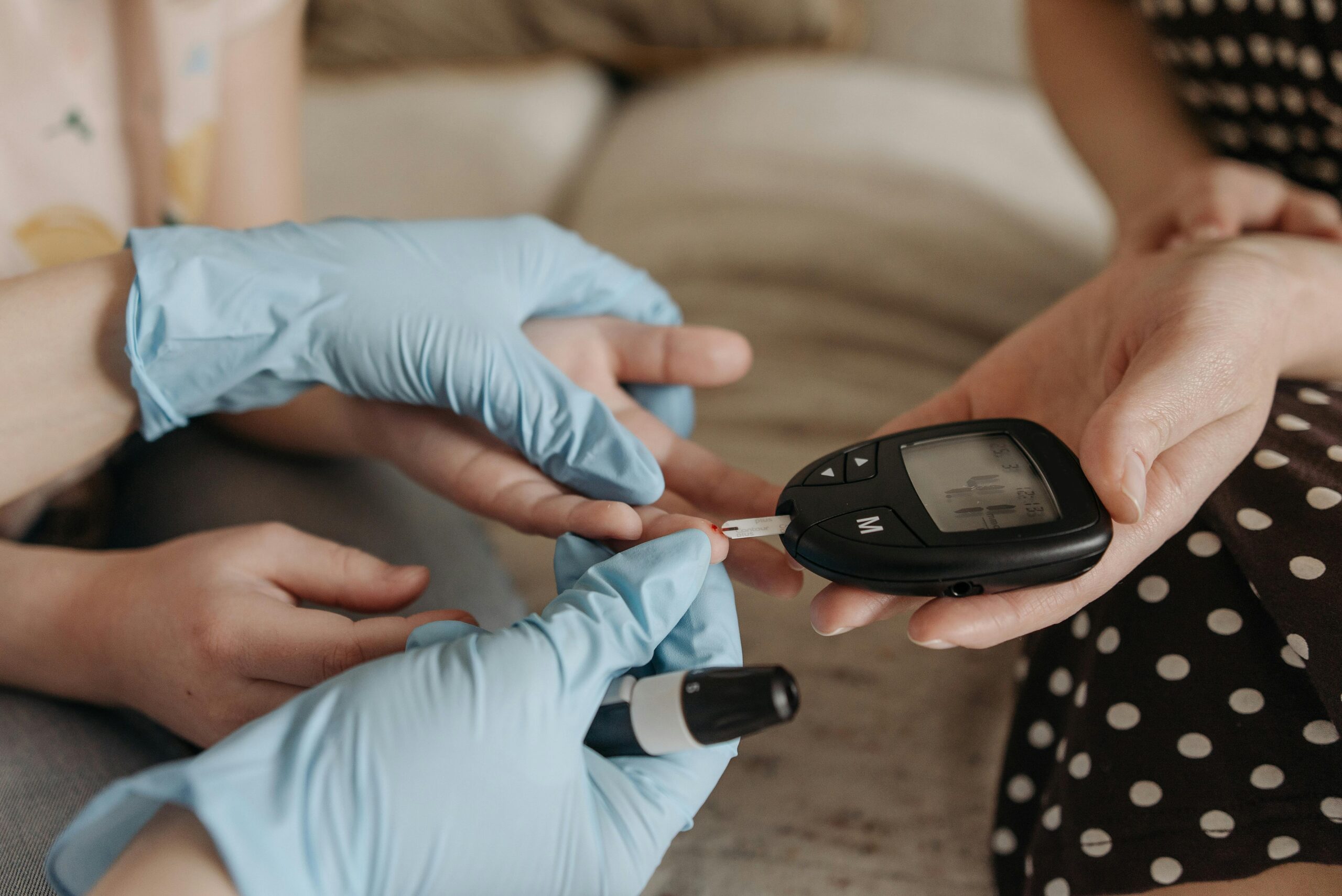Managing your blood sugar levels naturally is one of the most important steps you can take for your overall health. Whether you’re looking to prevent diabetes, improve your energy levels, or simply feel better throughout the day, understanding how to control blood sugar levels can be life-changing.
High blood sugar levels don’t just affect people with diabetes—they can impact anyone’s mood, energy, and long-term health. The good news? There are numerous natural, science-backed ways to keep your blood sugar in check without relying solely on medication.
Why Blood Sugar Management Matters
Maintaining healthy blood sugar levels offers incredible benefits for your body and mind. When your blood sugar is stable, you’ll experience:
- Improved mood and mental clarity
- Better energy levels throughout the day
- Reduced risk of heart disease and vision problems
- Lower chances of developing type 2 diabetes
- Better kidney function and overall health
Let’s dive into 15 proven strategies that can help you naturally lower your blood sugar and maintain optimal levels.
1. Eat Carbohydrates Last
One of the simplest ways to manage your blood sugar is changing the order in which you eat your food. Research shows that consuming carbohydrates after vegetables results in significantly lower blood sugar levels after meals.
The optimal eating order:
- Start with high-water, fiber-rich vegetables
- Move to high-protein foods
- Add healthy oils and fats
- Include slowly digested whole grains
- Save simple carbohydrates for last
This strategy helps slow down the absorption of sugars, preventing those dramatic spikes that can leave you feeling tired and hungry shortly after eating.
2. Incorporate More Soluble Fiber Into Your Meals
Soluble fiber is a powerful tool for glucose management. This type of fiber dissolves in water and slows down digestion, resulting in a gentler rise in glucose levels after meals.
Top sources of soluble fiber:
- Apples and other fruits
- Avocados
- Beans and legumes
- Brussels sprouts
- Lentils
- Nuts and seeds
- Peas
Including these foods in your daily diet can make a significant difference in your glucose control while providing essential nutrients your body needs.
3. Try Intermittent Fasting
Intermittent fasting (IF) has emerged as a powerful strategy for improving blood sugar control, especially for people with elevated glucose levels. Research published in the New England Journal of Medicine suggests that eating most of your calories earlier in the day—focusing on breakfast and lunch—while enjoying a smaller, earlier dinner before 6:00 p.m. can optimize your glucose response.
This approach works by giving your body extended periods to process glucose and reset insulin sensitivity, leading to better management over time.
4. Choose Whole Grains Over Refined Grains
Making the switch from refined to whole grains is one of the most impactful changes you can make for your glucose health. Whole grains contain fiber and nutrients that help slow glucose absorption and improve your body’s response.
Best whole grain options:
- Barley
- Brown rice
- Buckwheat
- Oats
- Popcorn (air-popped)
- Quinoa
- Wild rice
Studies consistently show that people who eat whole grains have better glucose control and a reduced risk of developing type 2 diabetes. The American Diabetes Association recommends choosing whole grains as part of a healthy eating plan.
5. Go on a Walk After Meals
Physical activity after eating is one of the most effective ways to lower your blood sugar naturally. When you walk after meals, your muscles use the glucose from your food as fuel, helping to bring down glucose levels without relying on insulin.
Even simple activities like standing after meals can help improve your glucose response. Aim for a 10-15 minute walk after eating to see the best results.
6. Practice Strength Training
Resistance training is incredibly effective for blood sugar management. Research shows that strength training before meals significantly reduces post-meal glucose levels, especially in people with obesity and prediabetes.
The muscle-building effects of strength training also improve your body’s ability to use glucose efficiently, leading to better long-term control.
7. Incorporate More Pulses Into Your Diet
Pulses—including beans, lentils, peas, and chickpeas—offer a unique combination of protein and high-fiber carbohydrates that can dramatically improve your glucose levels both immediately after meals and over the long term.
Research demonstrates that pulse-based diets provide substantial improvements in glucose control, blood lipids, and body weight. Large studies published in PubMed show that people who eat more plant-based foods have a lower risk of developing insulin resistance, prediabetes, and type 2 diabetes.
8. Eat a Protein-Rich Breakfast
Starting your day with a high-protein breakfast can help stabilize your blood sugar throughout the entire day. Research shows that higher protein breakfasts lead to lower glucose spikes compared to breakfasts with less protein.
This strategy works by slowing digestion and providing sustained energy, preventing the glucose roller coaster that can occur with high-carb breakfast options.
9. Eat More Avocado
Avocados are nutritional powerhouses that can help regulate glucose levels. Rich in healthy fats, vitamins, minerals, antioxidants, and fiber, avocados help slow the absorption of sugars when included in meals.
Research indicates that people who regularly eat avocados are less likely to develop type 2 diabetes, making them an excellent addition to any glucose management plan.
10. Consider a Continuous Glucose Monitor
Continuous glucose monitors (CGMs) provide real-time feedback about your glucose levels, helping you understand how different foods and activities affect your readings. While traditionally used by people with diabetes, CGMs can be valuable tools for anyone looking to optimize their glucose control.
These devices use sensors to measure interstitial glucose levels and can help you identify patterns and make informed decisions about your diet and lifestyle.
11. Eat and Drink More Fermented Foods
Fermented foods like kefir, kombucha, sauerkraut, tempeh, kimchi, and sourdough bread can help improve your glucose response to meals. The fermentation process creates beneficial compounds that slow carbohydrate absorption, leading to lower post-meal glucose levels.
Additionally, fermented foods support digestive health and reduce inflammation, which is a risk factor for type 2 diabetes and poor glucose control.
12. Reduce Your Intake of Added Sugar
Added sugars are absorbed quickly into the bloodstream, causing rapid spikes in glucose levels. Over time, excessive added sugar intake increases the risk of diabetes, heart disease, and other chronic conditions.
The American Heart Association recommends limiting added sugar to no more than 25 grams (6 teaspoons) per day for women and 36 grams (9 teaspoons) for men. Reading food labels and choosing whole foods can help you stay within these limits and maintain better glucose control.
13. Take Apple Cider Vinegar
Daily apple cider vinegar consumption may help control blood sugar levels and improve lipid profiles. Research shows that taking 30 ml of apple cider vinegar daily can help lower glucose and blood pressure.
For best results, take apple cider vinegar before meals or before bed. Always dilute it in water to protect your teeth and stomach lining.
14. Consume More Vitamin D
Vitamin D deficiency can negatively impact glucose regulation. Research reviews published in Diabetes Care have found that vitamin D supplements can improve glucose control and reduce HbA1c levels in people with type 2 diabetes and low vitamin D levels.
Taking vitamin D supplements may reduce the risk of developing diabetes by 15% and increase the likelihood of normalizing glucose regulation by 30% in people with prediabetes and low vitamin D.
15. Stay Hydrated
Proper hydration supports both general health and glucose regulation. Research shows an inverse relationship between water intake and the risk of type 2 diabetes and other chronic conditions.
Drinking water before meals can also help you eat fewer calories, lose weight, and improve various health markers including glucose levels.
Key Takeaways for Blood Sugar Management
Managing your blood sugar naturally is achievable through consistent lifestyle changes. The strategies outlined above work best when combined—you don’t need to implement all 15 at once, but gradually incorporating these practices into your daily routine can lead to significant improvements in your glucose control.
Remember that glucose management is highly individual. What works best for one person may need adjustment for another. Consider working with a healthcare provider to develop a personalized approach that takes into account your specific health needs and goals.
By focusing on whole foods, regular physical activity, proper hydration, and stress management, you can take control of your blood sugar levels and improve your overall health and well-being. Start with one or two strategies that feel manageable, and gradually build from there.
Your journey to better glucose control starts with a single step—and every positive change you make brings you closer to optimal health.
Always consult with your healthcare provider before making significant changes to your diet or lifestyle, especially if you have diabetes or other health conditions that affect glucose regulation. For more information about diabetes management, visit the Centers for Disease Control and Prevention or speak with a certified diabetes educator.

